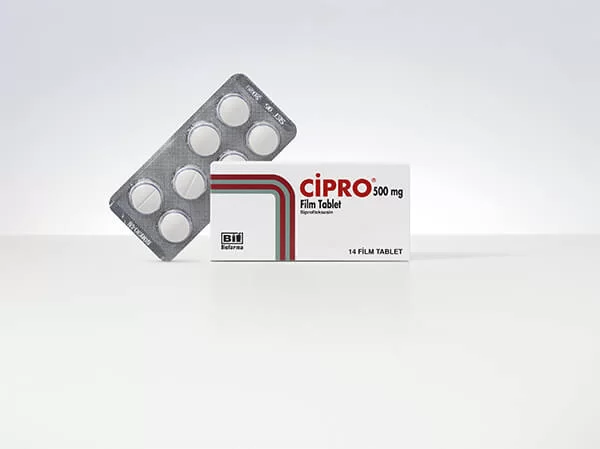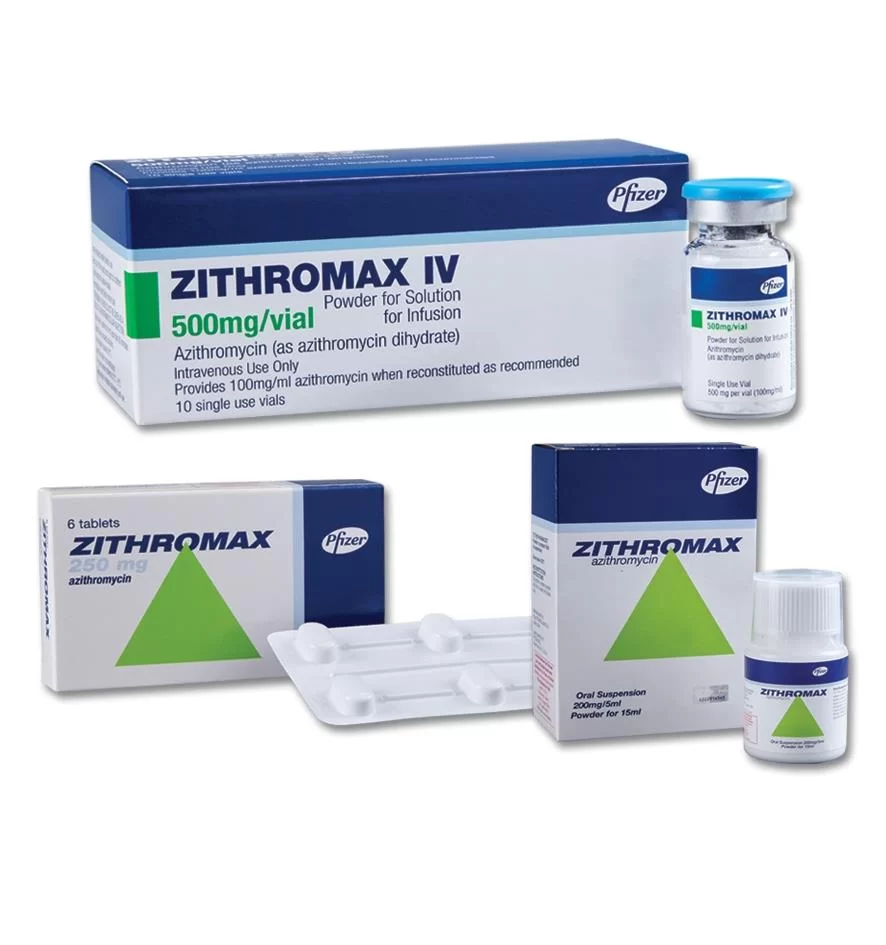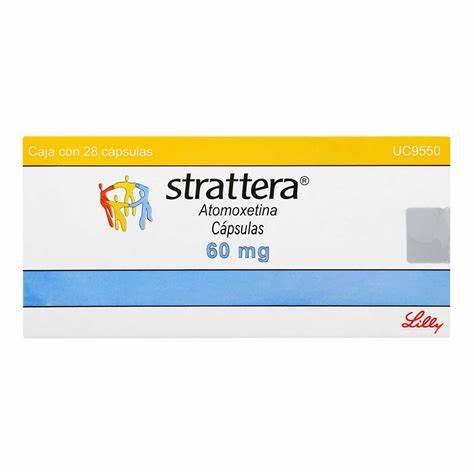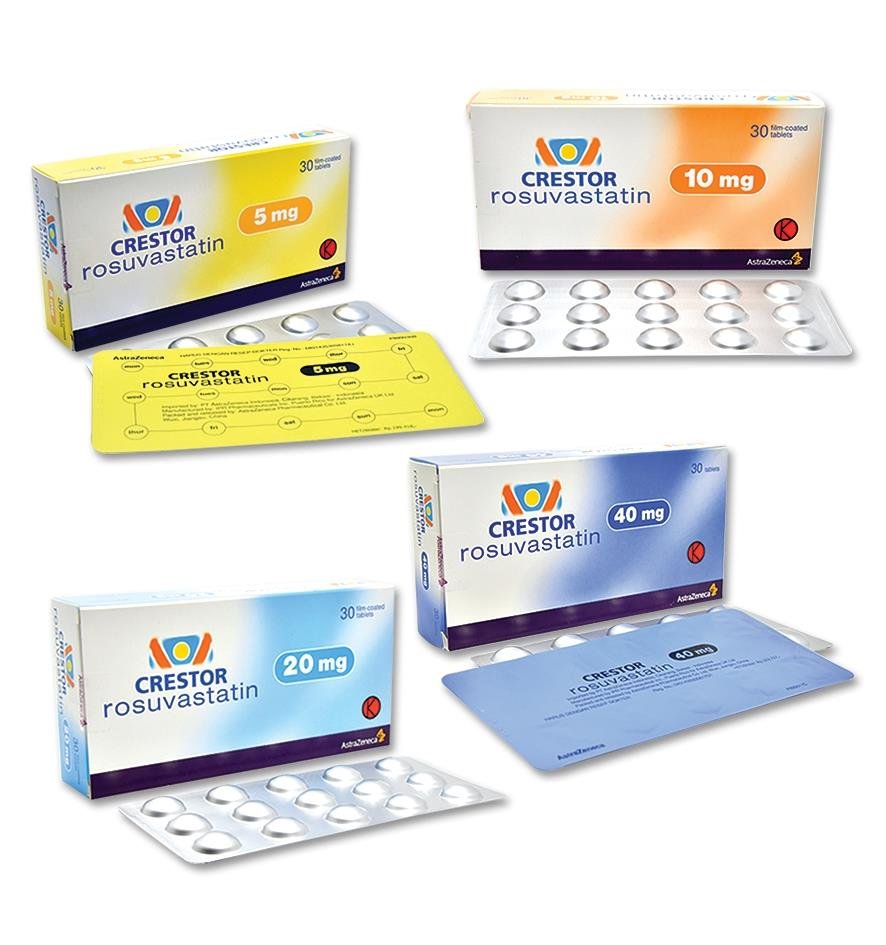
Omnicef
Omnicef - 300mg
Overview of Omnicef
General Introduction
Omnicef, also known by its generic name cefdinir, is a cephalosporin antibiotic used to treat a variety of bacterial infections. It is effective against a broad spectrum of bacteria and is commonly prescribed for conditions such as pneumonia, bronchitis, sinus infections, ear infections, and skin infections. Omnicef works by inhibiting the synthesis of bacterial cell walls, which leads to the destruction of the bacteria.
History of Development and Approval
Omnicef was developed by Abbott Laboratories and received approval from the U.S. Food and Drug Administration (FDA) in 1997. The drug was introduced to the market as a potent antibiotic for treating bacterial infections, with clinical trials demonstrating its effectiveness and safety. Over the years, Omnicef has become a widely used antibiotic due to its broad-spectrum activity and relatively favorable side effect profile.
Key Benefits of Omnicef
Omnicef offers several key benefits for treating bacterial infections:
- Broad-Spectrum Activity: Effective against a wide range of gram-positive and gram-negative bacteria
- Convenient Dosing: Typically administered once or twice daily, which can improve patient compliance
- Favorable Safety Profile: Generally well-tolerated with a lower incidence of gastrointestinal side effects compared to some other antibiotics
- Pediatric Use: Available in oral suspension form, making it easier to administer to children
Unique Properties of Omnicef
Omnicef stands out due to its broad-spectrum antibacterial activity and ease of use. It is particularly effective against respiratory tract infections and has a convenient dosing schedule. Additionally, Omnicef is available in both capsule and oral suspension forms, providing flexibility in administration for different age groups and patient preferences.
Comparison with Similar Medications
Compared to other cephalosporin antibiotics, Omnicef offers unique advantages:
- Broad-Spectrum Efficacy: Covers a wide range of bacterial pathogens, including those resistant to other antibiotics
- Convenient Dosing Schedule: Once or twice daily dosing can enhance patient compliance compared to antibiotics that require more frequent administration
Safety and Tolerability of Omnicef
Omnicef is generally well-tolerated. Common side effects include diarrhea, nausea, and headache. Serious side effects are rare but can include severe allergic reactions and Clostridioides difficile-associated diarrhea. Regular monitoring by a healthcare provider is recommended to ensure safety and efficacy.
Indications for Use
Diseases and Conditions Treated by Omnicef
Omnicef is prescribed for the treatment of various bacterial infections, including:
- Respiratory Tract Infections: Such as pneumonia, bronchitis, and sinusitis
- Ear Infections: Otitis media
- Skin Infections: Such as cellulitis and impetigo
- Urinary Tract Infections: Caused by susceptible strains of bacteria
Symptoms Indicating Use of Omnicef
Patients showing symptoms of bacterial infections, such as fever, cough, sinus pain, earache, skin redness, and painful urination, may benefit from Omnicef. The medication is particularly effective when prescribed based on culture and sensitivity results to ensure the bacteria are susceptible to cefdinir.
Dosage and Administration
Recommended Dosage for Adults
For adults, the typical dose of Omnicef is 300 mg taken twice daily or 600 mg taken once daily, depending on the severity of the infection. The duration of treatment usually ranges from 5 to 10 days, depending on the infection type and patient response.
Dosage for Children
The recommended dose for children is 14 mg/kg/day, either as a single dose or divided into two doses. The maximum daily dose should not exceed 600 mg. The oral suspension form of Omnicef is often used for pediatric patients.
Dosage for Elderly Patients
Elderly patients can use Omnicef at the same dosage as younger adults. However, renal function should be considered, and dosage adjustments may be necessary for those with impaired kidney function.
Optimal Timing of Administration
Omnicef can be taken with or without food. However, taking it with food can help reduce potential gastrointestinal side effects. Patients should be advised to complete the full course of therapy even if they feel better before the medication is finished.
Frequency of Administration
Omnicef is typically taken once or twice daily. Consistent adherence to the prescribed dosing schedule is crucial for achieving the desired therapeutic outcomes.
Impact of Food on Efficacy
Food does not significantly affect the absorption of Omnicef, making it convenient to take with meals to reduce potential gastrointestinal discomfort.
Pharmacological Action
Mechanism of Action
Cefdinir, the active ingredient in Omnicef, works by inhibiting the synthesis of bacterial cell walls. This inhibition disrupts the formation of the cell wall, leading to bacterial cell lysis and death. By targeting the cell wall synthesis, Omnicef effectively eradicates susceptible bacteria.
Molecular and Cellular Targets
Cefdinir targets penicillin-binding proteins (PBPs) located inside the bacterial cell wall. These proteins are essential for cell wall synthesis, and their inhibition results in the weakening and eventual rupture of the bacterial cell wall.
Metabolic Pathways
Cefdinir is not significantly metabolized and is primarily excreted unchanged in the urine. Its half-life is approximately 1.7 hours in individuals with normal renal function. The drug's pharmacokinetic profile allows for effective dosing intervals of once or twice daily.
Biochemical Changes
The inhibition of cell wall synthesis by cefdinir leads to bacterial cell death and resolution of the infection. This biochemical change is crucial for the therapeutic effectiveness of Omnicef in treating bacterial infections.
Physiological Effects
Omnicef helps reduce the symptoms of bacterial infections, such as fever, pain, and inflammation. By effectively eradicating the infection, it promotes faster recovery and prevents complications associated with untreated bacterial infections.
Composition
Active Ingredient
The active ingredient in Omnicef is cefdinir, a third-generation cephalosporin antibiotic. It is available in 300 mg capsules and 125 mg/5 mL oral suspension forms.
Inactive Ingredients
Omnicef capsules contain inactive ingredients such as microcrystalline cellulose, croscarmellose sodium, and magnesium stearate. The oral suspension contains sucrose, xanthan gum, and artificial flavors, among other ingredients, to ensure stability and palatability.
Role of Each Component
Cefdinir inhibits bacterial cell wall synthesis, leading to the death of the bacteria. Inactive ingredients in the formulation help in the stability, absorption, and delivery of the active ingredient, ensuring the effectiveness and safety of the medication.
Side Effects
Common Side Effects
Common side effects of Omnicef include diarrhea, nausea, headache, and rash. These side effects are usually mild and resolve after the completion of the treatment course.
Rare Side Effects
Rare side effects may include severe allergic reactions, including anaphylaxis, and Clostridioides difficile-associated diarrhea. These side effects require immediate medical attention and discontinuation of the medication.
Serious Side Effects
Serious side effects include severe allergic reactions, Stevens-Johnson syndrome, and toxic epidermal necrolysis. Patients should seek immediate medical help if they experience symptoms such as difficulty breathing, severe rash, or blisters.
Frequency and Severity
Most side effects are mild and occur early in the treatment. Serious side effects are rare but warrant close monitoring by a healthcare provider. Regular follow-up appointments can help manage and mitigate these risks, ensuring safe and effective use of Omnicef.
Prevention of Side Effects
General Precautions
To minimize side effects, patients should follow the prescribed dosage and duration of treatment. Taking Omnicef with food can help reduce gastrointestinal discomfort. Patients should inform their healthcare provider of any allergies or other medications they are taking.
Recommendations for Better Tolerability
Using Omnicef as directed and maintaining a balanced diet can improve tolerability. Patients should be educated on the importance of adhering to the prescribed treatment regimen and monitoring their response to the medication. Regular check-ups with a healthcare provider can help address any concerns and optimize treatment.
Contraindications
Conditions and Diseases
Omnicef is contraindicated in patients with known hypersensitivity to cefdinir, other cephalosporins, or any components of the formulation. It should be used with caution in patients with a history of colitis or renal impairment.
Explanation of Contraindications
Cefdinir may exacerbate conditions like colitis and renal impairment due to its excretion through the kidneys. Hypersensitivity reactions can cause severe allergic responses, making it crucial to assess a patient's medical history and allergies before prescribing Omnicef.
Warnings and Precautions
Potential Risks
Patients should be monitored for signs of allergic reactions and Clostridioides difficile-associated diarrhea. Caution is advised in patients with a history of gastrointestinal diseases, particularly colitis. Regular kidney function tests may be required for patients with renal impairment.
Safety Measures
Regular monitoring by a healthcare provider, starting with a low dose, and adjusting as needed can help mitigate risks. Patients should be instructed to report any symptoms of allergic reactions, such as rash or difficulty breathing, and any severe gastrointestinal symptoms.
Missed Dose
Immediate Actions
If a dose is missed, take it as soon as remembered unless it is almost time for the next dose. Do not double the dose to catch up. If using the medication multiple times a day, continue with the next scheduled dose and skip the missed dose.
Preventive Strategies
Using reminders and keeping a consistent schedule can help prevent missed doses. Patients can set alarms, use medication reminder apps, or keep a medication diary to track their doses.
Drug Interactions
Interacting Medications
Omnicef may interact with antacids containing aluminum or magnesium, iron supplements, and certain other antibiotics. These interactions can either reduce the efficacy of Omnicef or increase the risk of adverse effects. It is essential to inform the healthcare provider of all medications being taken to avoid potential interactions.
Effects of Interactions
These interactions can affect the absorption and efficacy of Omnicef or the concomitant medications. For instance, antacids and iron supplements can reduce the absorption of cefdinir, leading to decreased effectiveness. Monitoring blood levels and adjusting dosages may be necessary to manage these interactions.
Avoiding Interactions
Inform the healthcare provider of all medications being taken to avoid potential interactions. Patients should not start, stop, or change the dosage of any medicines without their healthcare provider’s approval. Regular reviews of medication regimens can help identify and manage potential interactions.
Overdose
Symptoms of Overdose
Symptoms of overdose may include severe nausea, vomiting, diarrhea, and abdominal pain. Seek emergency medical help if an overdose is suspected. Supportive measures and symptomatic treatment are recommended.
Immediate Actions
Seek emergency medical help if an overdose is suspected. Supportive measures and symptomatic treatment are recommended. Activated charcoal may be administered if the overdose is recent, and other treatments may include intravenous fluids and medications to manage symptoms.
Pharmacokinetics
Absorption
Cefdinir is well absorbed after oral administration, with peak plasma concentrations reached within 2 to 4 hours. The absorption rate can be affected by the presence of food, but this does not significantly impact its clinical efficacy.
Distribution
Cefdinir is widely distributed throughout the body, with the highest concentrations found in the respiratory tract, skin, and urinary tract. It crosses the placenta and is present in low concentrations in breast milk.
Metabolism
Cefdinir is not extensively metabolized. It is primarily excreted unchanged in the urine, which is advantageous for treating urinary tract infections.
Elimination
The half-life of cefdinir is approximately 1.7 hours in individuals with normal renal function. It is excreted primarily through the kidneys. Dose adjustments may be necessary for patients with renal impairment to prevent accumulation and toxicity.
Dosage Forms
Available Forms and Dosages
Omnicef is available in 300 mg capsules and 125 mg/5 mL oral suspension forms. These various forms and dosages allow for flexible and tailored treatment approaches based on patient needs and tolerability.
Benefits of Different Forms
The availability of both capsule and oral suspension forms makes Omnicef suitable for both adults and children. The oral suspension is particularly beneficial for pediatric patients and those who have difficulty swallowing pills.
Pregnancy and Breastfeeding
Safety During Pregnancy
Omnicef should be used during pregnancy only if the potential benefit justifies the potential risk to the fetus. There is limited data on the use of Omnicef in pregnant women, and animal studies have shown adverse effects on the fetus. Pregnant women should discuss the potential risks and benefits with their healthcare provider before starting treatment.
Safety During Breastfeeding
Cefdinir is present in low concentrations in breast milk. Due to the potential for adverse reactions in nursing infants, a decision should be made whether to discontinue breastfeeding or discontinue the drug, considering the importance of the drug to the mother. Breastfeeding mothers should consult their healthcare provider to weigh the potential risks and benefits.
Storage Conditions
General Recommendations
Store Omnicef at room temperature between 20°C to 25°C (68°F to 77°F). Keep the medication in its original container, tightly closed, and out of reach of children and pets.
Specific Storage Instructions
Omnicef capsules should be stored in a cool, dry place away from direct sunlight and moisture. The oral suspension should be stored in the refrigerator and discarded after 10 days.
Expiry and Stability
Check the expiration date on the package and do not use Omnicef past the expiration date. Proper storage ensures the medication remains effective and safe to use. Dispose of expired or unused medication according to local regulations to prevent accidental exposure or misuse.
Clinical Trials and Efficacy
Overview of Clinical Studies
Omnicef has undergone extensive clinical trials to evaluate its safety and efficacy in treating bacterial infections. These studies included randomized, double-blind, placebo-controlled trials involving thousands of patients worldwide.
Results and Findings
Clinical trials have shown that Omnicef significantly improves the symptoms of bacterial infections, with a high rate of bacterial eradication and clinical cure. Patients treated with Omnicef demonstrated better outcomes compared to those receiving a placebo.
Comparative Studies
Studies comparing Omnicef with other antibiotics have shown that Omnicef provides a broad-spectrum antibacterial activity with a favorable safety profile. These studies highlight its effectiveness in treating respiratory tract infections, skin infections, and urinary tract infections.
Conclusion
Summary of Key Points
Omnicef is a potent antibiotic that addresses a wide range of bacterial infections. Its ability to target both gram-positive and gram-negative bacteria, along with its convenient dosing options, makes it a versatile choice for many patients. The drug's safety profile and the availability of a pediatric formulation further enhance its appeal.
Recommendations
To achieve the best therapeutic outcomes, it is crucial for patients to adhere to their prescribed dosage and administration schedule. Regular check-ups with healthcare providers help monitor the drug's effectiveness and address any side effects. Completing the full course of therapy is essential to prevent the recurrence of infections and resistance development.
Final Thoughts
Omnicef has established itself as a reliable antibiotic in the treatment of respiratory, skin, and urinary tract infections. Its proven clinical efficacy and tolerability make it a preferred option for healthcare providers and patients. With its comprehensive action against bacterial pathogens, Omnicef plays a significant role in managing bacterial infections and improving patient health.





